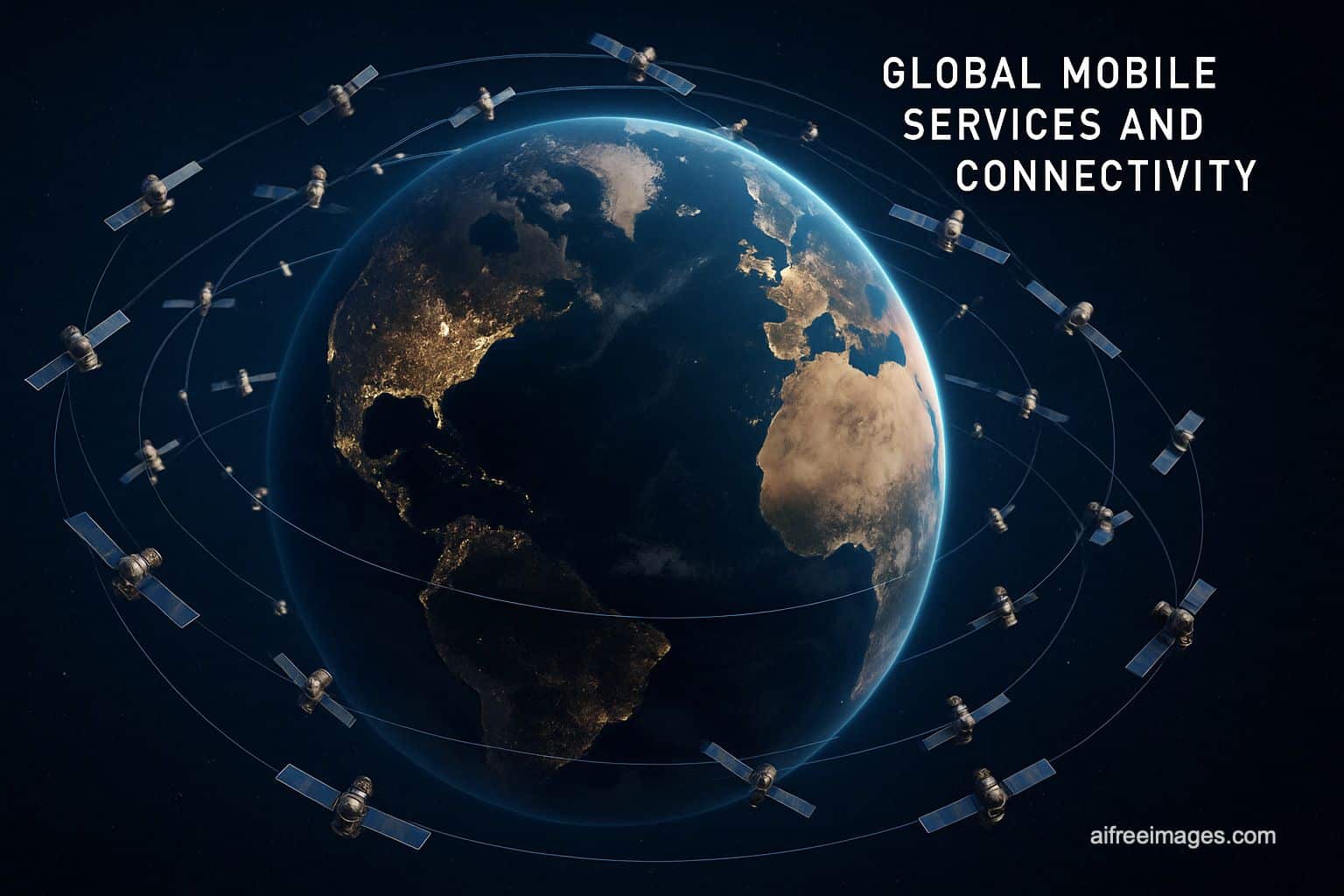Direct-to-Cell is an emerging telecommunications architecture that enables connecting conventional mobile devices (smartphones with LTE/4G) directly with low Earth orbit (LEO) satellites, without the need for ground towers. This technology promises global coverage, disaster resilience, and independence from physical infrastructure. The following analyzes its technical operation, key differences from traditional mobile networks, current limitations, and projections for future generations.
What is Direct-to-Cell?
The Direct-to-Cell or Direct-to-Device model is a connectivity solution allowing a standard LTE mobile phone to communicate directly with a LEO satellite using spectrum bands already employed in terrestrial cellular networks. Unlike traditional satellite access (such as VSAT or fixed Starlink), it requires no parabolic antennas or specialized hardware.
This technology is designed to operate natively on existing smartphones (Android/iOS) with LTE connectivity, without hardware modifications, and relies on satellites equipped with cellular antennas capable of mimicking cell towers from space.
How does Direct-to-Cell work?
Key system elements:
LEO satellites with LTE antennas (frequencies between 700–2100 MHz).
Ground gateway stations that connect the satellite network to the Internet and traditional services.
Virtualized network software (vRAN/5G core) managing sessions from space.
Standard mobile devices, without needing special SIMs or satellite antennas.
Connection phases:
The mobile detects the LTE signal from the satellite.
A conventional IMSI registration occurs in the network via LTE protocols.
The satellite routes the signal to the nearest terrestrial gateway.
The virtualized network manages traffic as if from a terrestrial cell.
This system resembles a giant macrocell in the sky, offering coverage across hundreds of square kilometers per satellite.
Technical comparison: Direct-to-Cell vs. traditional networks
| Parameter | Direct-to-Cell | 4G/5G Land-based | Starlink (fixed) |
|---|---|---|---|
| Local infrastructure | Not required | Towers, antennas, fiber | Parabolic antenna + specialized router |
| Latency | 50–150 ms | 20–60 ms | 20–40 ms |
| Current speed (2025) | 0.2–10 Mbps | 10 Mbps – 1 Gbps | 50–250 Mbps |
| Requires special terminal | No (conventional LTE phone) | No | Yes (Starlink Kit) |
| Coverage | Global (clear sky view) | Regional | High with kit installed |
| Mobile energy consumption | High (more power needed) | Normal | N/A (device connected to power) |
| Simultaneous capacity | Limited by satellite cell | High in cities | High indoors |
| Band used | LTE 700 MHz / 1.9 GHz | Sub-6 GHz and mmWave | Ku/Ka bands |
Leading providers and current architectures
SpaceX (Starlink Direct-to-Cell):
Bands: 1.9 GHz (T-Mobile USA), 900 MHz (Kyivstar Ukraine)
Goals: basic messaging coverage in 2025, voice and data by 2026
Architecture: integration with virtualized 5G Core + V2/V3 satellites
AST SpaceMobile:
Band: sub-1 GHz (850 MHz)
Satellites: 64 m² antennas (BlueWalker, BlueBird)
Testing: 4G calls and video calls planned for 2023–2024
Advantage: better indoor penetration
Lynk Global:
Band: 850 MHz
Focus: emergency broadcasting, SMS, basic services
Advantage: available in commercial trials with over 30 operators
Current technical limitations
Low speeds: constrained by mobile emission power (max 23 dBm), satellite hop latency, and spectrum reuse capacity.
Variable latency: depends on distance between satellite and gateway.
Spectral interference: licensed frequency use requires regulatory agreements per country.
Limited satellite payload: satellites must balance weight, power, and antenna size.
Energy efficiency: devices consume more battery communicating with satellites hundreds of kilometers away.
Future evolution of Direct-to-Cell (2025–2030)
| Milestone | Description |
|---|---|
| LTE-A/4G satellite coverage | Increased bandwidth (~20–100 Mbps) |
| Satellite-compatible 5G NR | Testing in 3GPP Release 17 & 18 for NTN (Non-Terrestrial Networks) |
| Intersatellite 5G Sidelink | Satellite-to-satellite connectivity to reduce latency and ground dependency |
| Dynamic beamforming | Improved signal focus for better performance |
| Reconfigurable antennas in orbit | Capacity boost in real-time as needed |
| Integration with private 5G networks | Interoperability with industrial and corporate networks |
3GPP standard outlook:
Rel. 17 (2022): Initial support for 5G NTN
Rel. 18 (2024–2025): 5G Advanced, improved satellite mobility management
Rel. 19 (2026+): Full integration of terrestrial and orbital networks
Key medium-term applications
Global emergency messaging and voice
Rural connectivity in underserved countries
Redundant networks during conflicts
Maritime and aerial services with universal roaming
Direct satellite IoT (D2D-IoT)
Conclusion: a technology shaping the future of telecommunications
While still in early stages, Direct-to-Cell has vast potential. In the next decade, mobile devices might shift entirely from terrestrial to orbital networks, paving the way for a new, possibly decentralized, global infrastructure—or, paradoxically, one dominated by a few space-based actors.
The technical challenges are significant, but political and regulatory hurdles may be even greater: ensuring this new global network is open, secure, and equitable for all.

